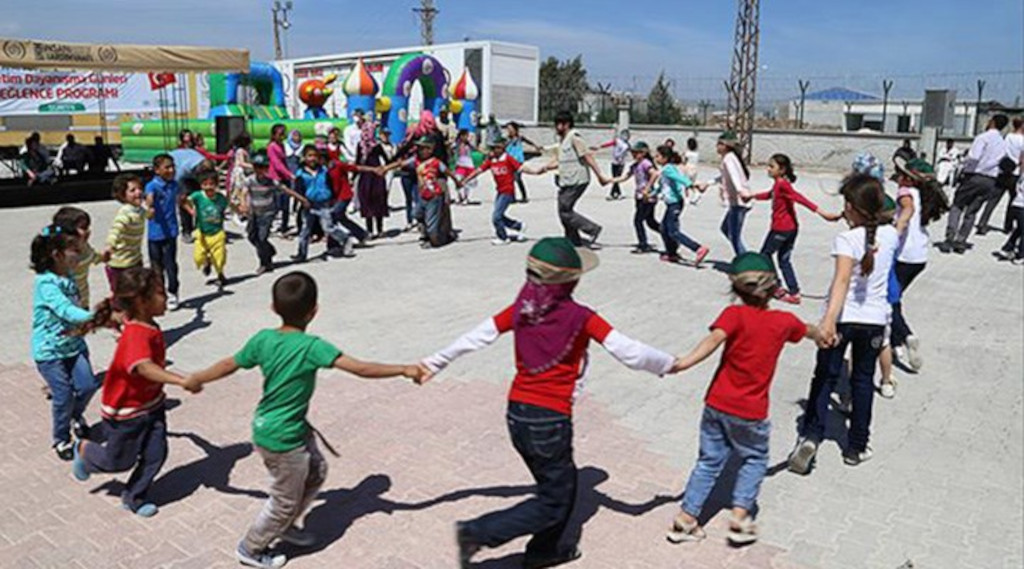Thirty-five percent of some 1.1 million Syrian children who are currently living under temporary protection status in Turkey, which corresponds to more than 393,000 of them, are unable to attend school, Deutsche Welle Turkish service reported on Wednesday, citing a 2022 report by the Education Ministry.
According to Directorate General of Migration Management (DGMM) data, the number of Syrians who left their homeland and sought refuge in Turkey due to a civil war that started in 2011 has reached 3,754,591 in 2022, with 1,124,353 of them being school-age children between ages of 5 and 17.
As of January 2022, 730,806 of those children continue to attend school in Turkey, the report said, adding that girls comprise 49.3 percent of the Syrian students while boys make up 50.7 percent.
Although the schooling rate of Syrian children is higher in primary and middle schools, the figure drops below 50 percent among preschool and high school-age children.
According to the report, 75.13 percent of primary school-age children and 80 percent of middle school-age children attend schools in Turkey, while the rate decreases to 42.65 percent among high school-age children and 34.34 percent among preschool children.
When it comes to gender, the proportion of males among preschool children and primary and secondary school students is greater than females, while the situation is the opposite among high school students, which comprise 56,130 girls and 51,682 boys.
The report further shows that İstanbul is the city with the largest number of Syrian students, hosting 118,391 of them, followed by Gaziantep and Hatay -– border provinces with Syria –- with 97,861 and 71,543 students, respectively.
Economic hardship is one of the major obstacles to education for most Syrian families in Turkey, where child labor has skyrocketed among the Syrian population, according to the report, which listed the language barrier, Syrian traditions and some Syrian families’ future plans to migrate to a third country among the reasons why Syrian children are unable to access education in Turkey, refraining from criticizing the country’s Education Ministry on the issue.
Speaking to DW about the report, Kayıhan Nedim Kesbiç from the Education Reform Initiative, an independent think tank, said the low schooling rate among preschool children was because preschool education wasn’t compulsory in Turkey.
Kesbiç added that the reason for the low schooling rate among high school-age children and the gap between male and female high school students was the financial difficulties faced by Syrian families in Turkey, where 45 percent of Syrian children between the ages of 15 and 17 are working to support their families.
According to the report, in addition to 730,806 Syrians, Turkey also provides education to 68,760 Iraqi, 47,118 Afghan, 12,666 Iranian and 7,938 Azerbaijani students. The report also said that 2,663 Turkish-German children are being educated in Turkey.
